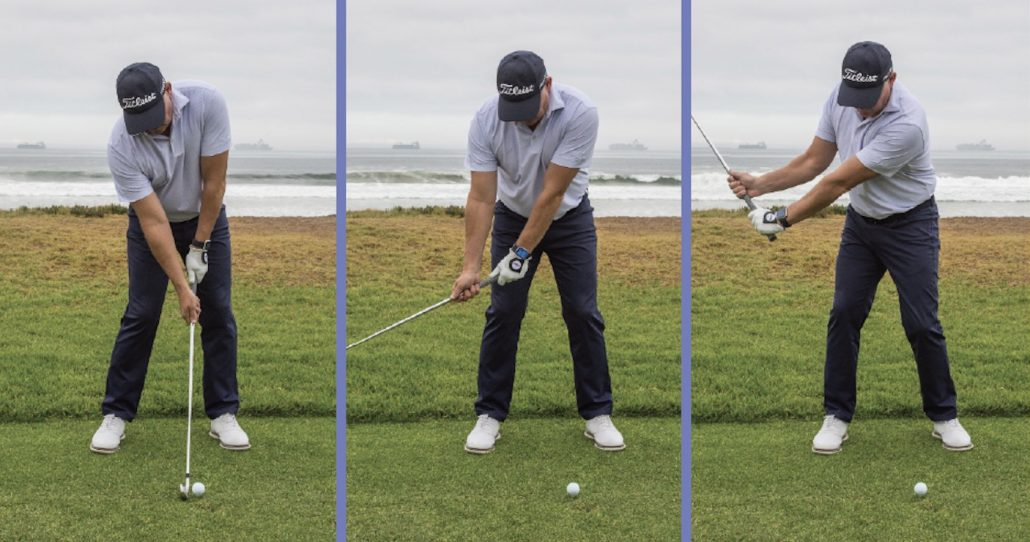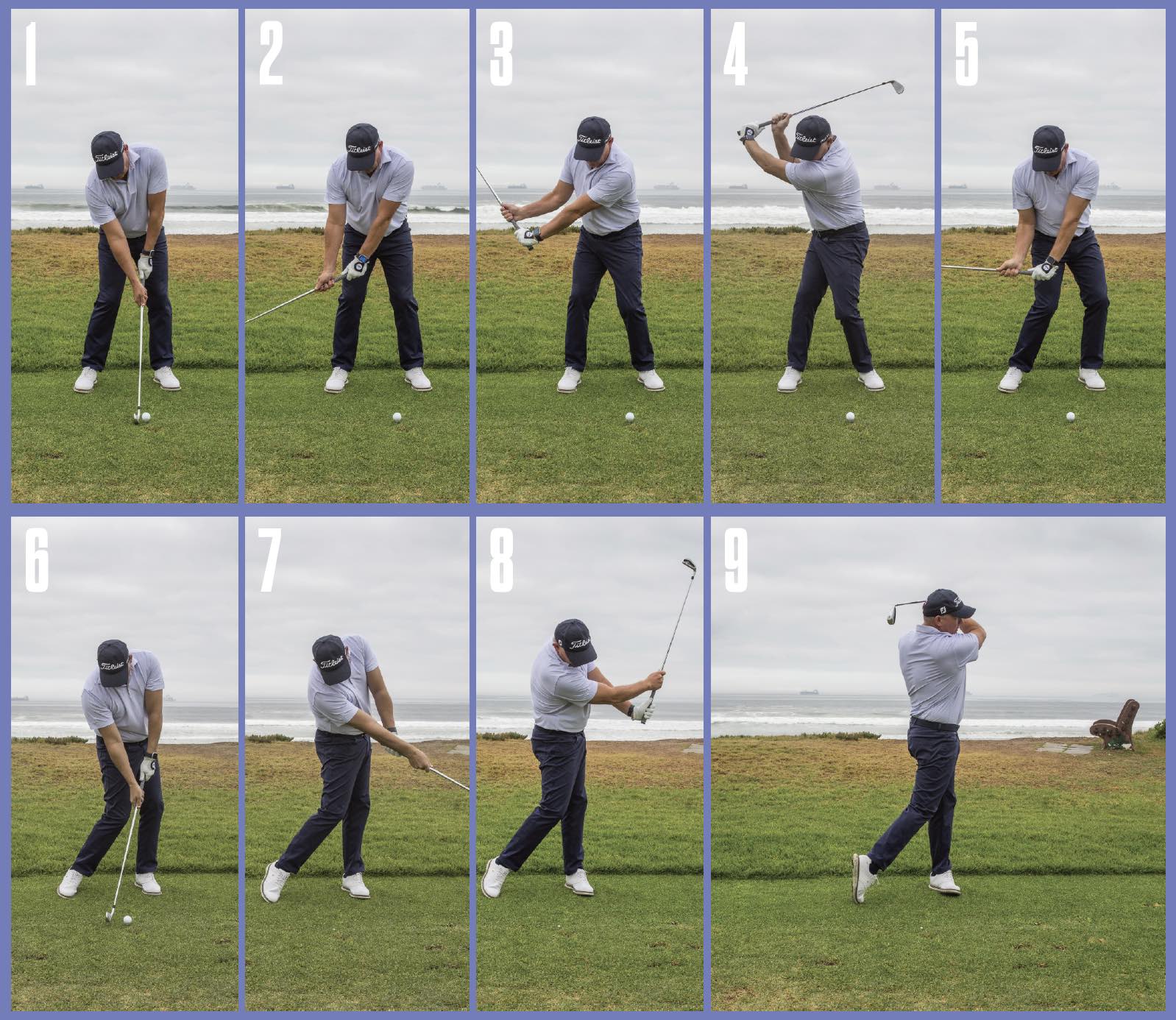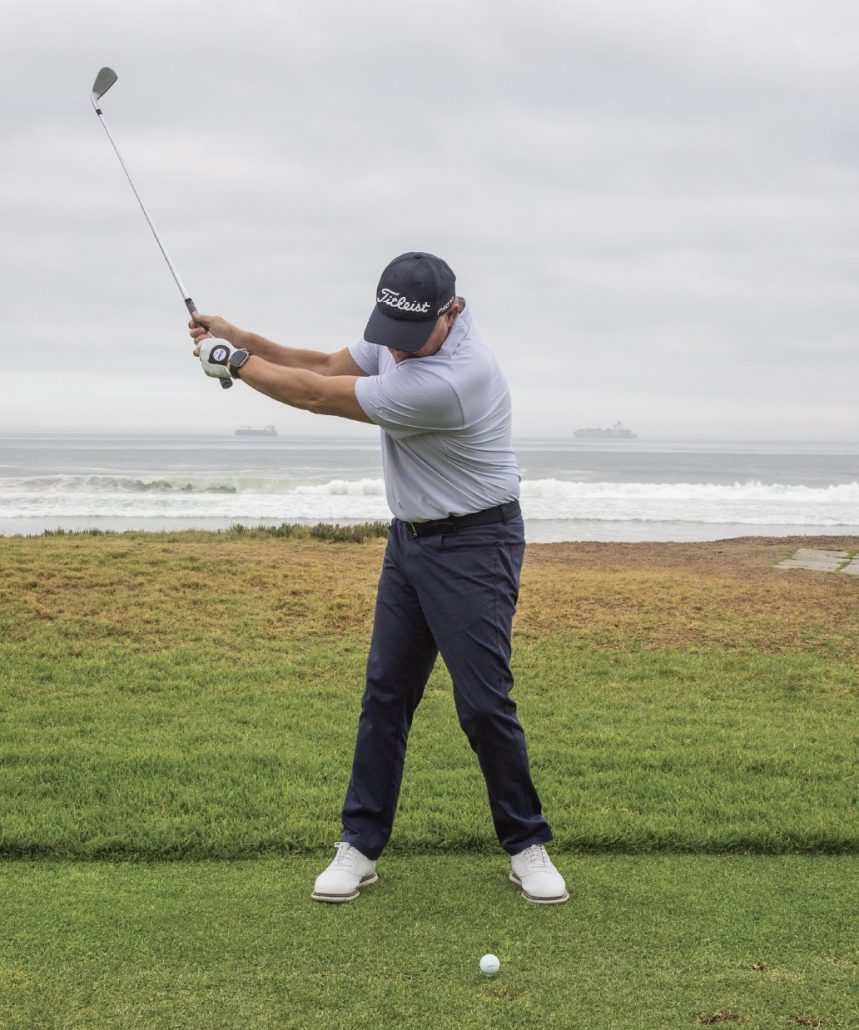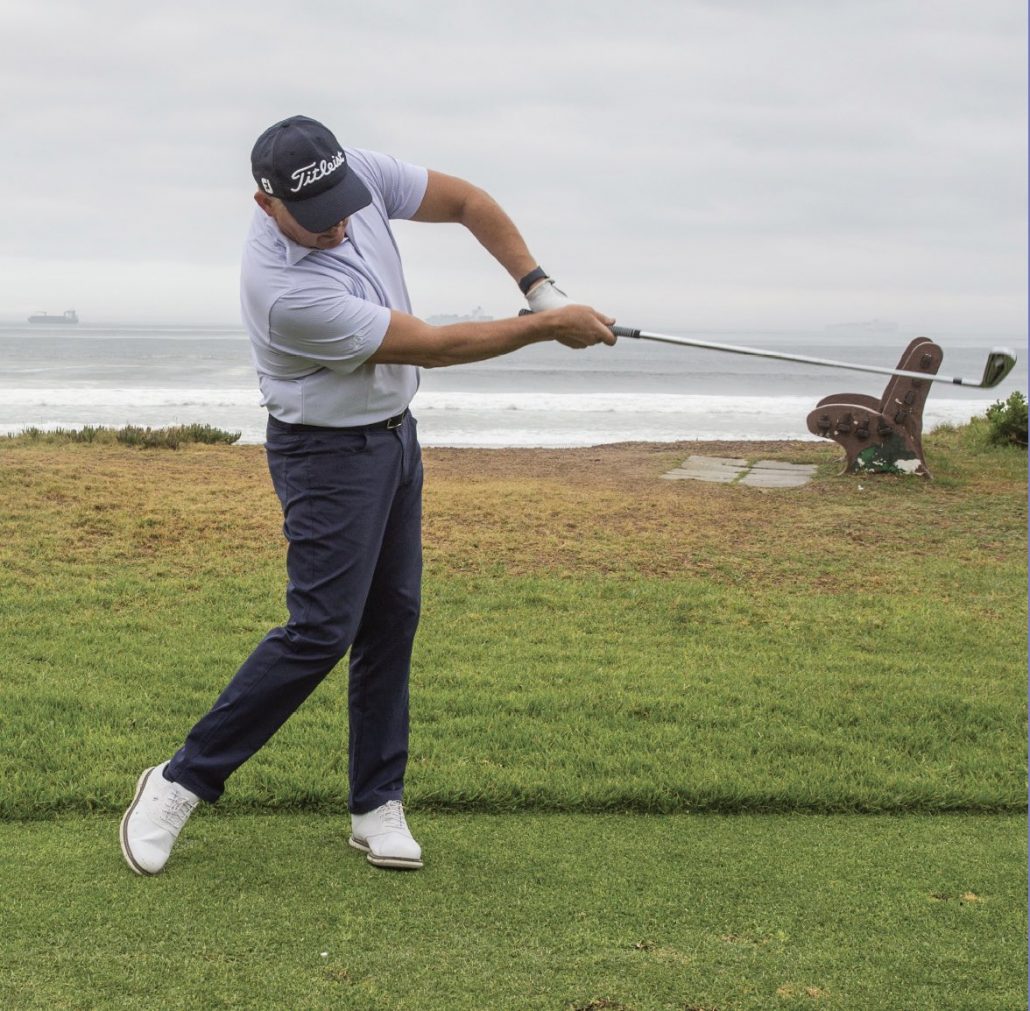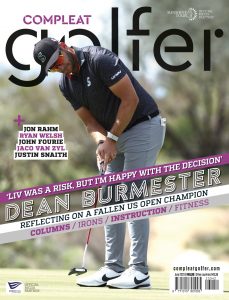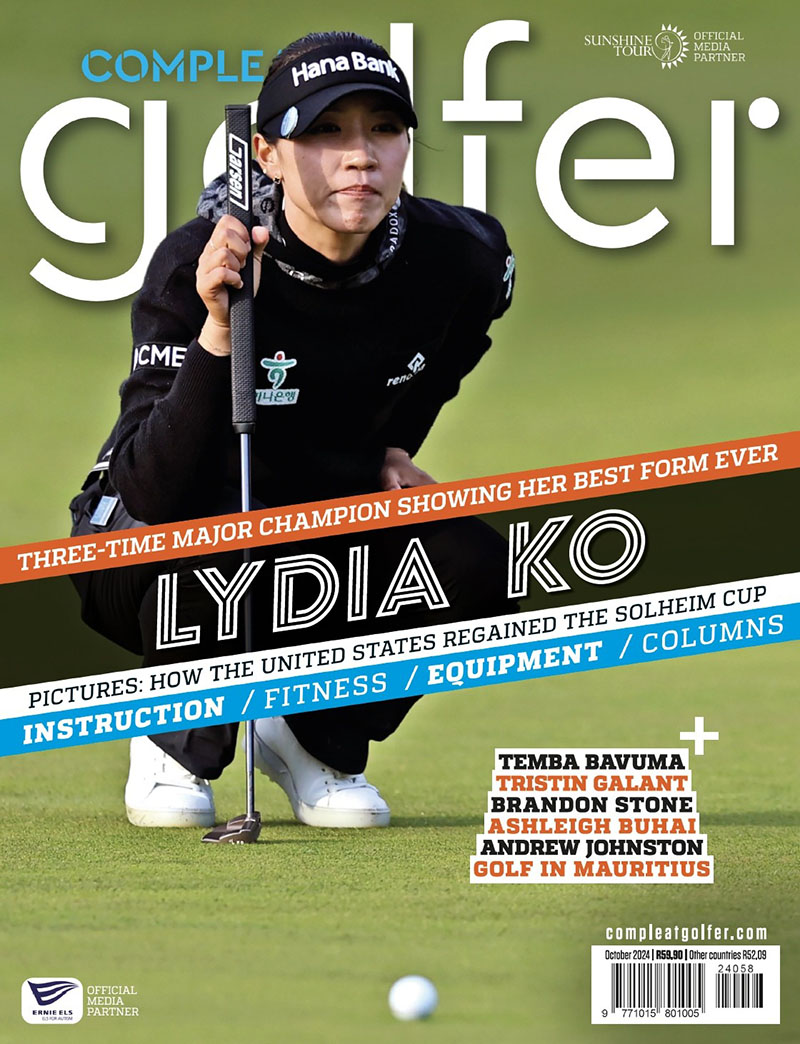GRANT HEPBURN highlights another effective golfing drill to help you refine your swing and take your game to the next level.
I’d argue that there can’t be too many parts of the golf swing that are more overlooked or less understood than the use of the wrists. Having the correct wrist action is vital in your golf swing as this controls the position of the clubface, ensuring it stays square or leaving it open or closed. This means that while a golfer could have the correct grip and set-up, their poor wrist position will still result in an off-line shot.
The wrists also supply power to the swing by creating lag so if they are not cocked correctly, there will be a loss of power.
This drill is aimed at helping you learn how to set your wrists correctly in the backswing as well as how the wrists re-hinge in the followthrough.
The split-hand drill
To set up for the drill, notice how I position my left hand in its usual place near the top of the grip but my right hand is separated and is holding the club much further down, at a point where the grip meets the shaft. There is a decent-sized gap between my hands. Now, make normal golf swings and hit the ball.
While doing this, don’t worry about the result, but focus on how your wrists set automatically in the backswing. This creates a powerful system of leverage through the angles created by the wrists. It also allows you to swing to the top, without over-extending your swing arc and creates a natural source of energy.
An added benefit of this drill is that it ensures that in the downswing your right shoulder and right hip swing under and below your left side as you approach impact and beyond. This is as a result of the separation of your hands on the club and gives an excellent, exaggerated feel as to how the right side of the body should be lower than the left through impact (for a right-hander).
When you get this right, it will help you to swing the club on the correct shallow path towards the target, as opposed to the common mistake of making a downswing that is too steep.
After impact the wrists will snap back into a re-hinge, as they unleash the club into the ball and then coast into a natural followthrough.
Getting it wrong: No hinge in the backswing
In this common amateur mistake, I have first not hinged properly in the backswing. Often this occurs when the player is looking to create extra power by making a wider backswing. It actually causes a loss of power because there is no leverage built up through wrist hinge.
Getting it wrong: The chicken wing
Another common ammie mistake occurs in the followthrough and is known as a flying left elbow, or chicken wing. There are numerous causes of the chicken wing but in this instance, I haven’t unhinged my wrists in the downswing and my left elbow has flared out ahead of me.
By practising the drill, you get to learn the feeling of how the left arm should fold in the followthrough as the wrists hinge again.
– This article first appeared in the June 2023 issue of Compleat Golfer magazine.


